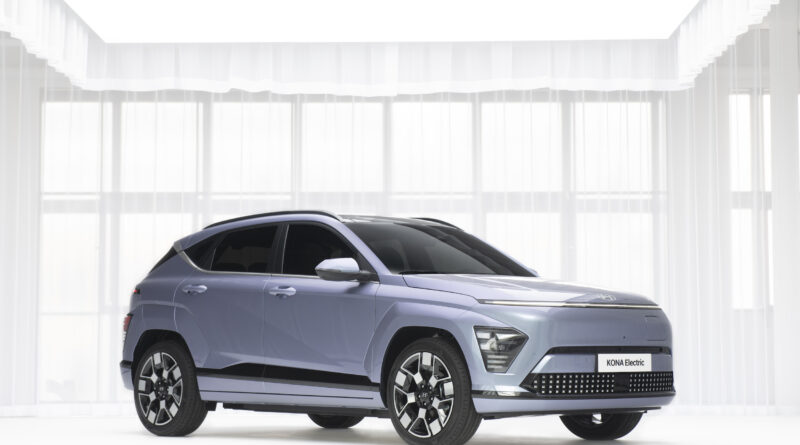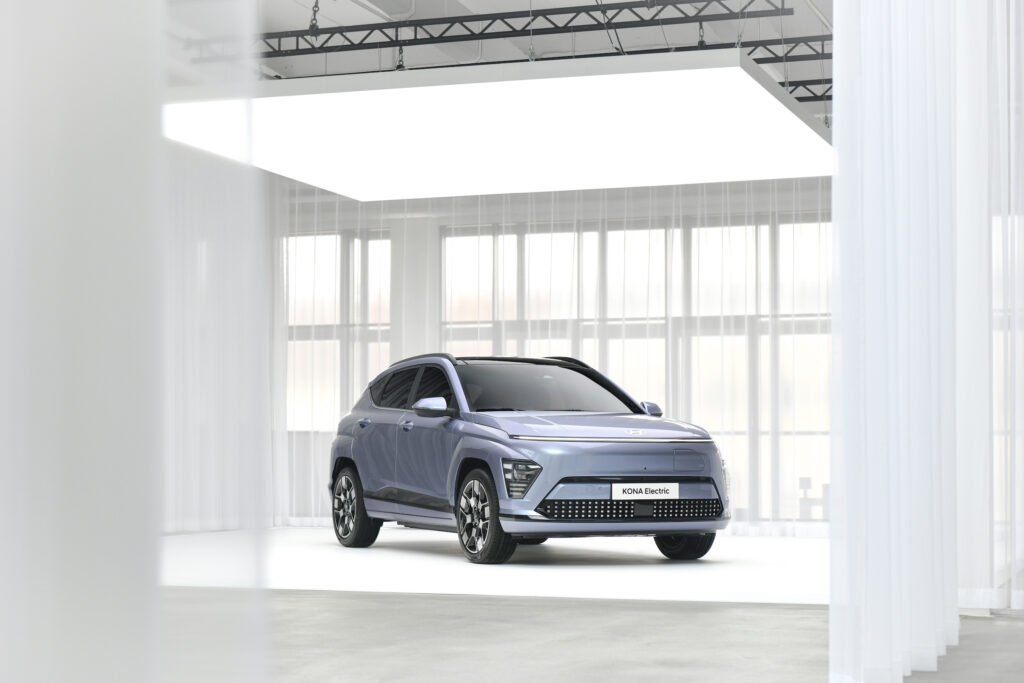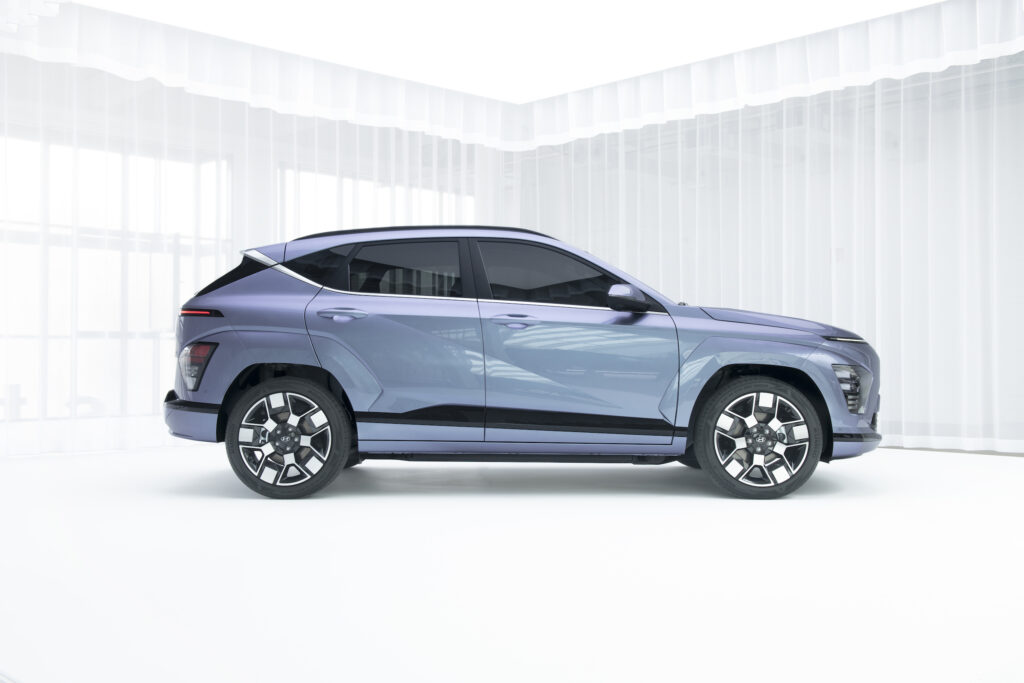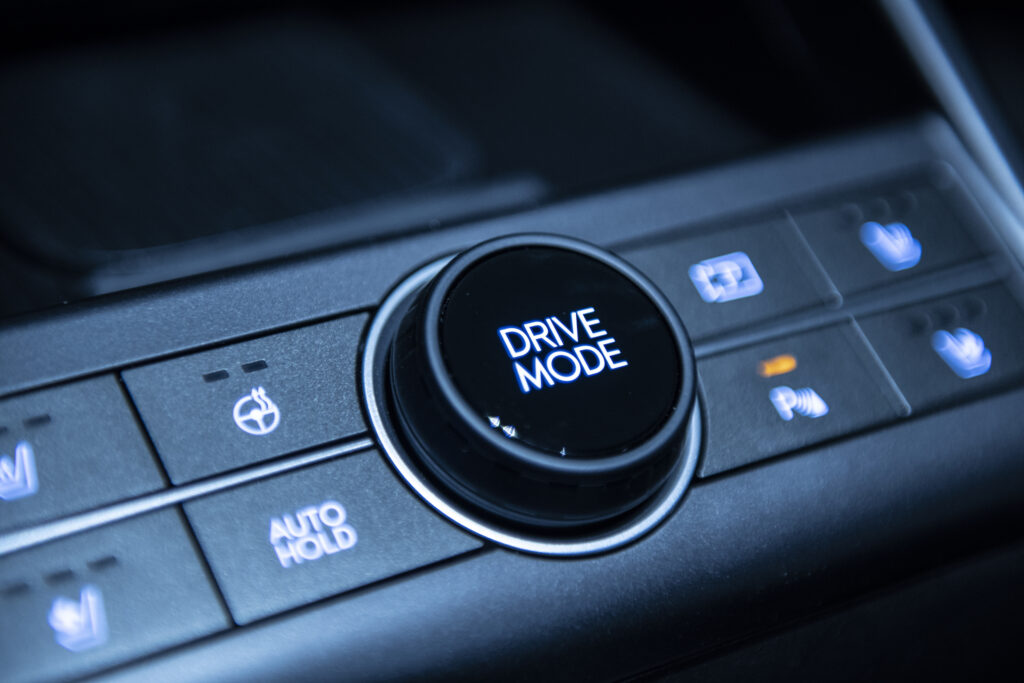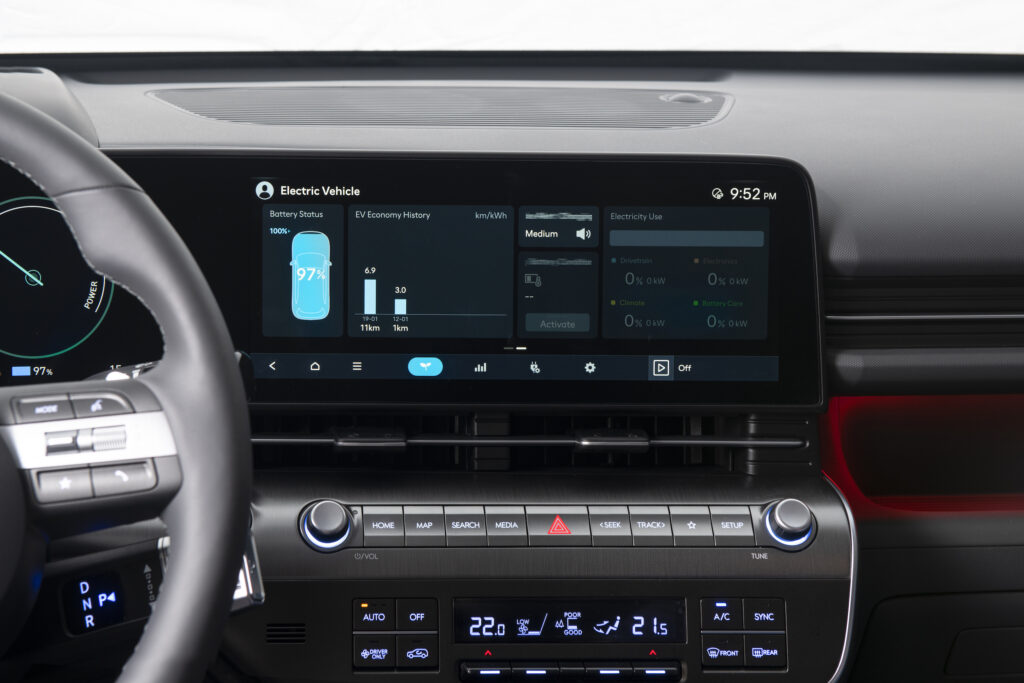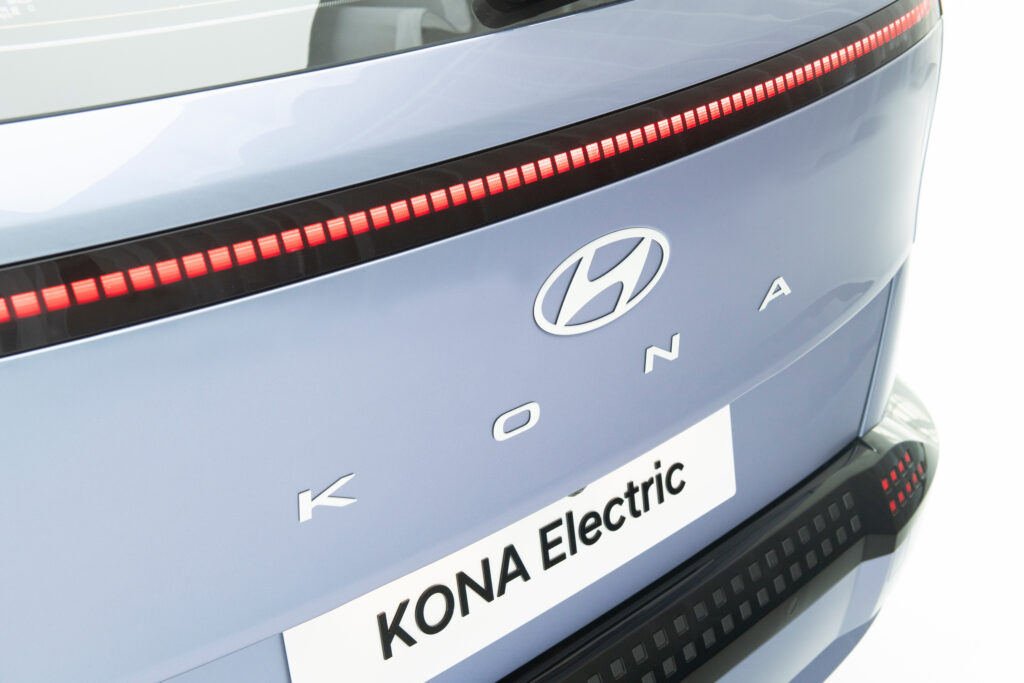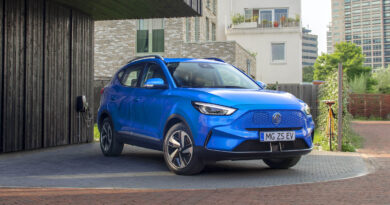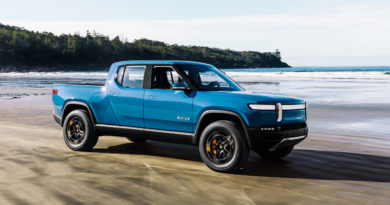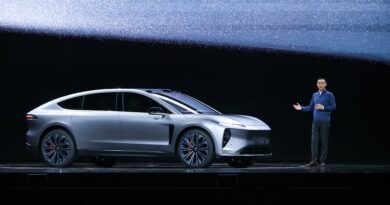All-new Hyundai Kona Electric full details: due in Australia late 2023
Hyundai has released full details about the new Kona Electric.
This time Hyundai designed the EV version of the Kona before the others. And this means there won’t be a huge gap between the arrival of the petrol-powered and plug-in versions of the small SUV from Korea.
READ MORE: Hyundai Kona N set to drop ICE for EV
The all-new and noticeably larger Kona EV is scheduled to arrive in Australia in the fourth quarter of 2023, just months after the purely ICE-powered version. Last time the ICE had been on sale for a year before production of the EV began.
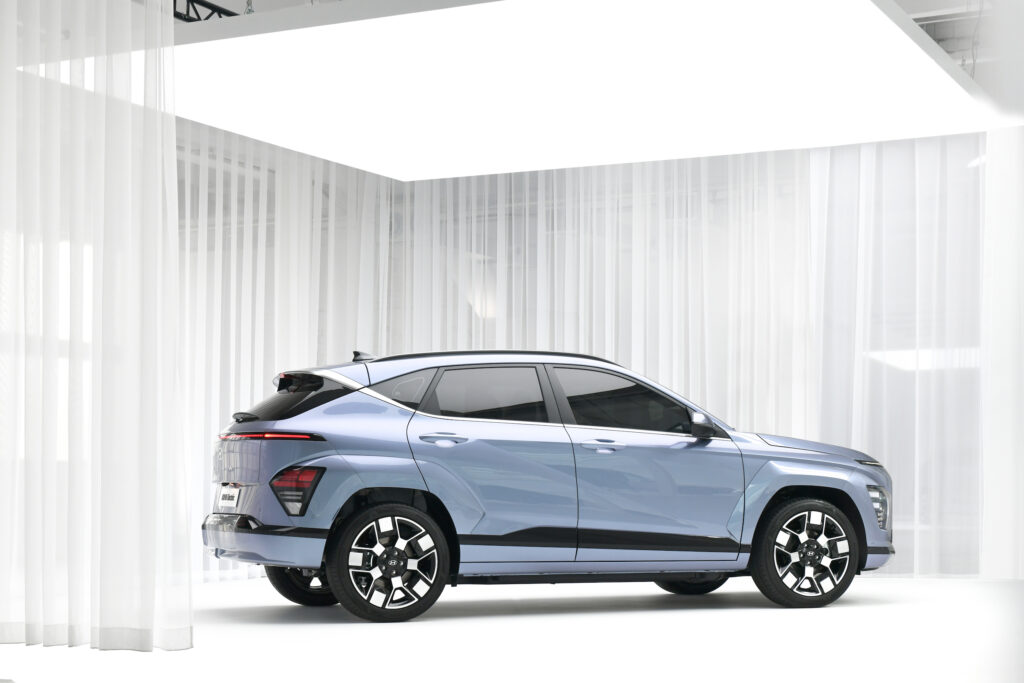
Hyundai says it developed the EV variants of the new Kona first, and carried over its attributes to the ICE and hybrid versions. The approach reflects the company’s accelerated electrification strategy.
EV influence is most obvious in the aerodynamic design of the new Kona’s grille-less nose. The vehicle’s coefficient of drag is 0.27, a good number for a small SUV.
The interior of the Kona EV also has a flat floor, while the style and layout of the instrument panel resembles that in the brilliant Hyundai Ioniq 5 EV.
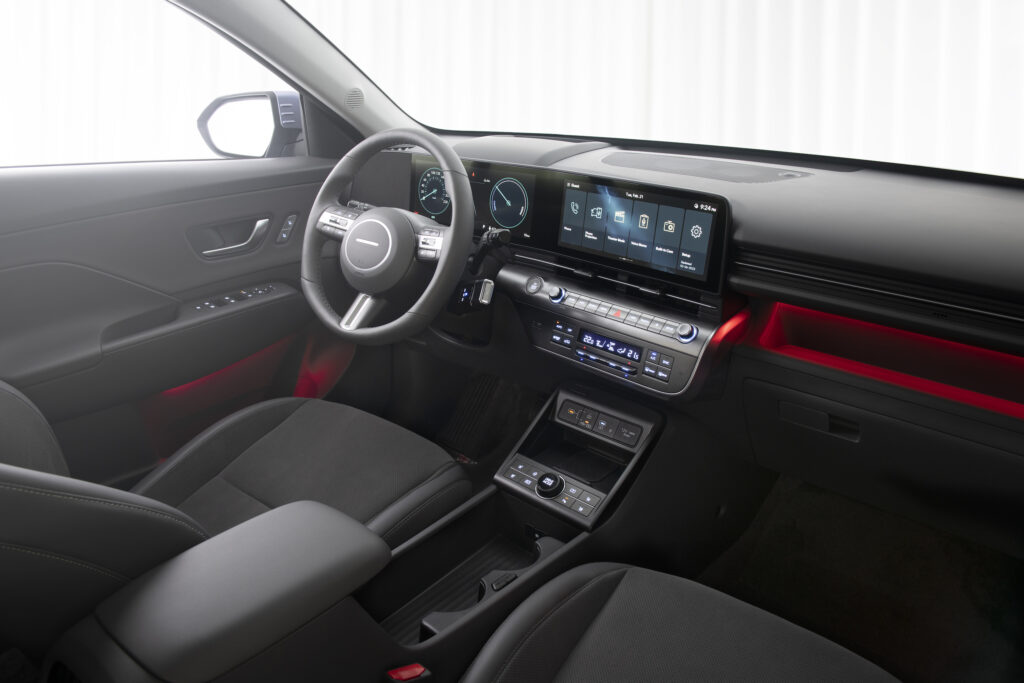
Unlike the Ioniq 5, the new Kona isn’t based on an EV-only platform. Instead it shares its tech foundations with Hyundai’s i30 sedan. And this means the new Kona is bigger than before.
It’s longer overall, with more distance between the front and rear axles. As a result, rear-seat legroom is much greater than before. There are smaller increases in width, height and cargo compartment volume.
While the roomier and classier interior of the new Kona are sure to be appreciated by those in the market for a small SUV, information that really counts for EV buyers is still secret.
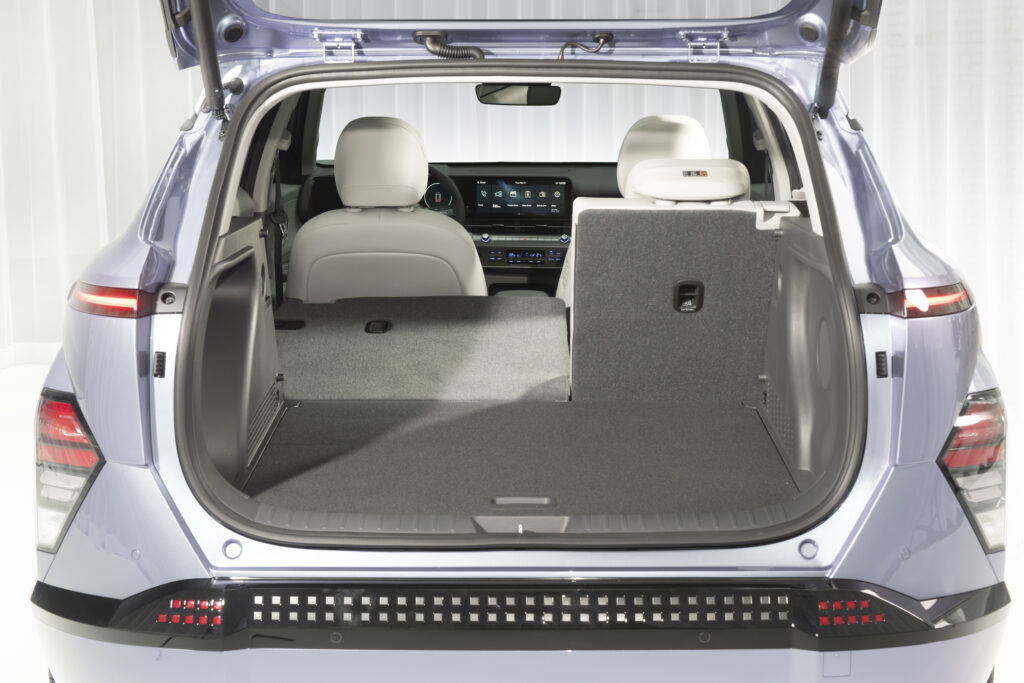
At the recent official presentation of the new Kona line-up to media in Berlin, Hyundai didn’t reveal battery capacity or driving range data on the two EV variants headed for Australia.
Kona Electric for Europe will be built, as before, in the Czech Republic. There will be standard and long-range versions. While Hyundai provided info on both of these in Berlin, they couldn’t do the same for the Kona EV that will come from its factory in Korea. And this is the one Australia will get.
The problem, apparently, is that the battery packs of Korean-made Kona Electrics will not be exactly the same as those in the Czech-made vehicles. Their cells will be made by a different supplier, apparently, and there will be differences in cell chemistry. This means the differences should not be great.
The European standard range Kona EV has a 48kWh battery and a 115kW motor driving its front wheels. Hyundai estimates it’ll have WLTP-rated driving range of 342km. The long-range variant will have a 65kWh battery, 160kW motor and an estimated WLTP-rated range of 490km.
Figures for the Kona EVs headed for Australia later this year should be close. Their motor outputs, which are slightly higher than the current model, are very likely to be identical. The question of driving range is a little more complicated…
The battery pack in the new standard Kona EV is larger than the current model, which explains its improved range. Hyundai’s driving range estimate looks conservative, in fact. While battery capacity grows more than 20 percent, the expected increase in driving range is 12 percent.
Hyundai’s range prediction for the new long-range Kona EV also looks to be on the conservative side, too. Its 65kWh battery pack capacity is basically the same as before, yet its driving range estimate is only a fraction over one percent better than the current model.
The facts will only emerge closer to the new Kona EV’s launch. But Hyundai execs such as Sang Hyeon Park seemed quietly confident in Berlin.
“Through the better energy efficiency technologies we expect that the new Kona will have better AER (all-electric range) performance,” said the EV strategy business division head. He expects it will be the best in its size class.
The new Kona EV will have improved driver assistance and safety technology and will be capable of OTA (over-the-air) software updates.
The current model’s internal and external V2L (vehicle to load) capability, which means the EV can power or recharge other electrical devices, will be carried over.

Hyundai Australia plans to sell the new Kona EV in two equipment grades. Both will come with the dual-screen instrument panel that’s reserved for high-grades models in the ICE and hybrid line-ups. A Technology Pack will be offered as an optional extra, but only in the top grade Kona EV.
Reflecting the Kona EV’s increased size, classier interior presentation and extra technology, prices are expected to rise. They’ll be announced closer to the vehicle’s launch date.

